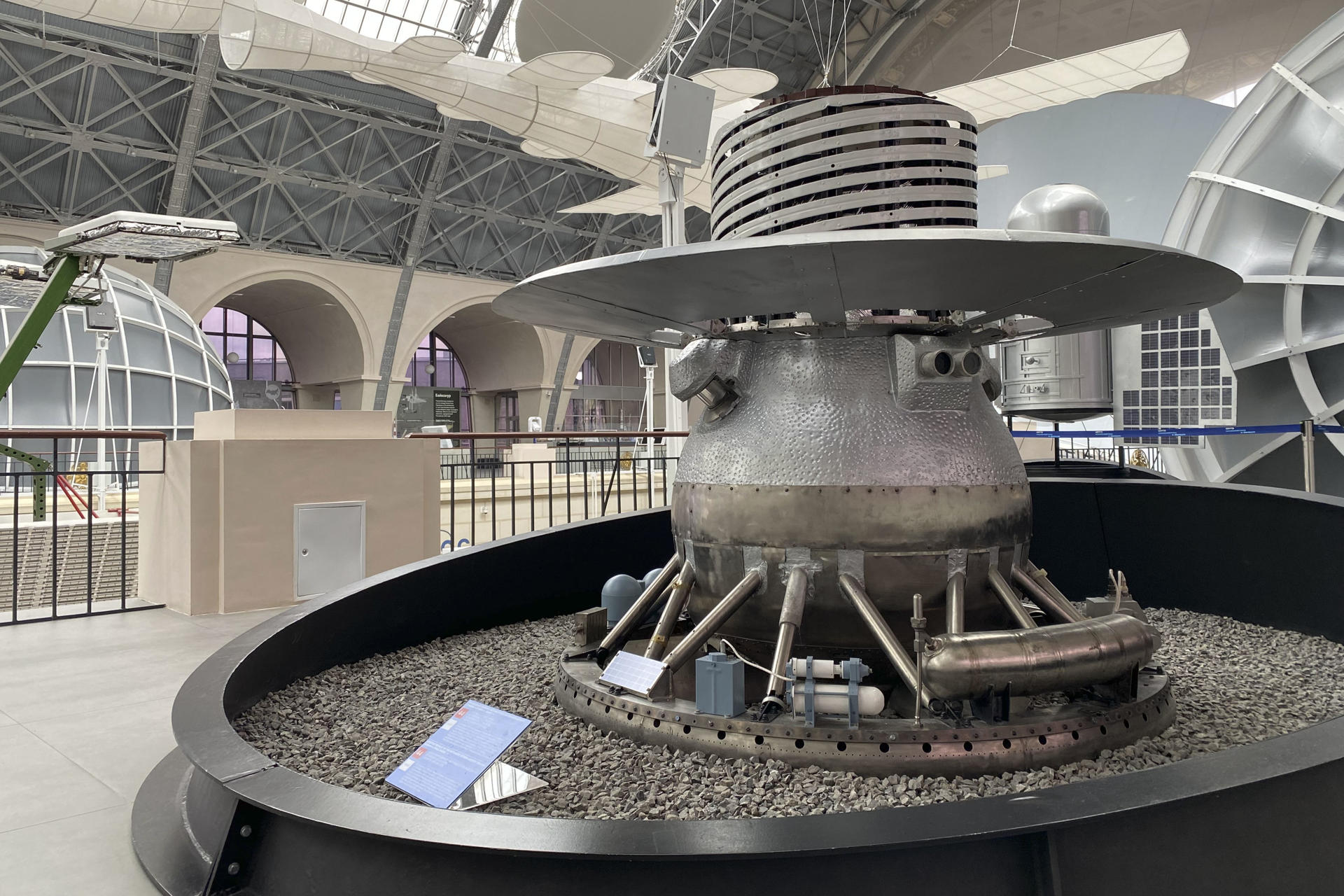Former Soviet probe crashed into the Indian Ocean after more than 50 years in Earth orbit

The Soviet space probe Cosmos 482, launched on March 31, 1972, bound for Venus but never leaving Earth's orbit, re-entered the Earth's atmosphere and landed in the Indian Ocean on Saturday, the Russian space agency Roscosmos confirmed.
The craft, approximately one meter in diameter and weighing less than 500 kilograms, entered the dense layers of the Earth's atmosphere at 06:24 GMT (1:24 a.m. Colombian time). It re-entry occurred approximately 560 kilometers west of Middle Andaman Island and ended with its fall into the Indian Ocean, west of Jakarta, the Indonesian capital.
Roscosmos confirmed that the probe's reentry was controlled and proceeded according to planned calculations . The descent was monitored by an automated alert system for hazardous situations in near-Earth space. Over the past few days, experts had debated the probe's ability to survive reentry and the exact location of its impact.

It was launched in March 1972 as part of the Venera program for Venus. Photo: EFE
NASA had warned that, given the probe's structure, designed to withstand Venus's dense atmosphere, there was a possibility that some parts might survive entry into Earth's atmosphere. Cosmos 482 featured a semi-globular titanium protective cover and a 2.5-meter parachute, although it was unknown whether the latter was still functional after more than half a century in space.
The Cosmos 482 probe was part of the Venera (Venus) program to explore Venus and was launched from the Baikonur Cosmodrome using a Molnia-M rocket. The launch failed when the fourth stage of the booster rocket lasted only 125 seconds instead of the required 192, preventing the spacecraft from reaching Venus.
The official name of the probe was 3V671, but after the failure it was designated Cosmos 482, a name used by the Soviet Union for missions that failed to leave Earth orbit.
The mission included equipment to study space particle fluxes, gamma spectrometers to analyze the surface of Venus, instruments to measure the ammonia content of the planet's atmosphere, a photometer, and devices to record atmospheric temperature and pressure. Following the failure, the spacecraft separated into four parts, two of which quickly re-entered Earth , while the others remained in orbit for decades.
Roscosmos noted that in 2024, a total of 1,981 objects, both natural and man-made, entered the Earth's atmosphere, equivalent to five per day. Of these, one in seven weighed more than 500 kilograms, posing a marginal but constant risk to terrestrial safety.
More news in EL TIEMPO *This content was rewritten with the assistance of artificial intelligence, based on information from EFE.
eltiempo




